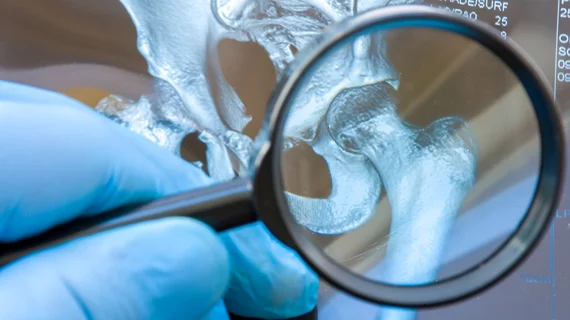Orthopedic surgeons’ most common reasons for opting not to read radiology reports
There’s a common perception in imaging that orthopedic surgeons often skip reading radiology reports and just go straight for the scans. Is this a stereotype, and if not, what are the reasons keeping such subspecialists from digesting rads’ recommendations?
European imaging experts set out to explore these questions through an anonymous survey of 81 orthopedists, detailed Monday in the European Journal of Radiology. Their findings offer key clues to help improve musculoskeletal radiology services and interdisciplinary collaboration.
“Most reasons for not consulting radiology reports in this study were time related,” Ricardo Donners, with the Department of Radiology at University Hospital Basel in Switzerland, and co-authors wrote July 19. “Accordingly, the majority of recommendations for radiology service improvement addressed the time issue as well, suggesting faster report turnaround times and shorter texts for improved reporting practice.”
A task force of radiologists compiled the 14-question survey, administering it to 27 German-speaking ortho departments between October and May. About 20% of respondents said they never consult a plain radiograph report and 4% in computed tomography. At the same time, zero musculoskeletal experts said they skipped magnetic resonance imaging breakdowns. On the other side, 43% routinely consulted X-ray reports, with higher tallies in CT (67%) and MRI (86%).
Long delays prior to report availability was the top reason for failing to read the report (24%), followed by lack of time (19%) and too-long texts (17%). About 62% of respondents said they disagreed with the rad report at least sometimes, and 51% contacted the radiologist “always” or “often.” Orthopedic surgeons recommended more-rapid report availability (24%), inclusion of significant images (19%) and adding extra angle and distance measurements (16%) as the top ways to improve reporting.
Nearly one-third of orthopedists expressed a desire for direct discussion with radiologists around equivocal cases to help reach a “mutual, sensible conclusion in the appropriate clinical context.”
“The majority of participating orthopedic surgeons would welcome more interdisciplinary interaction with radiologists,” the authors noted. “A major concern expressed by the participants are reports which lack imminent reference to the clinical context and can cause patient confusion and insecurity as the radiology report is an official document,” they added later.

